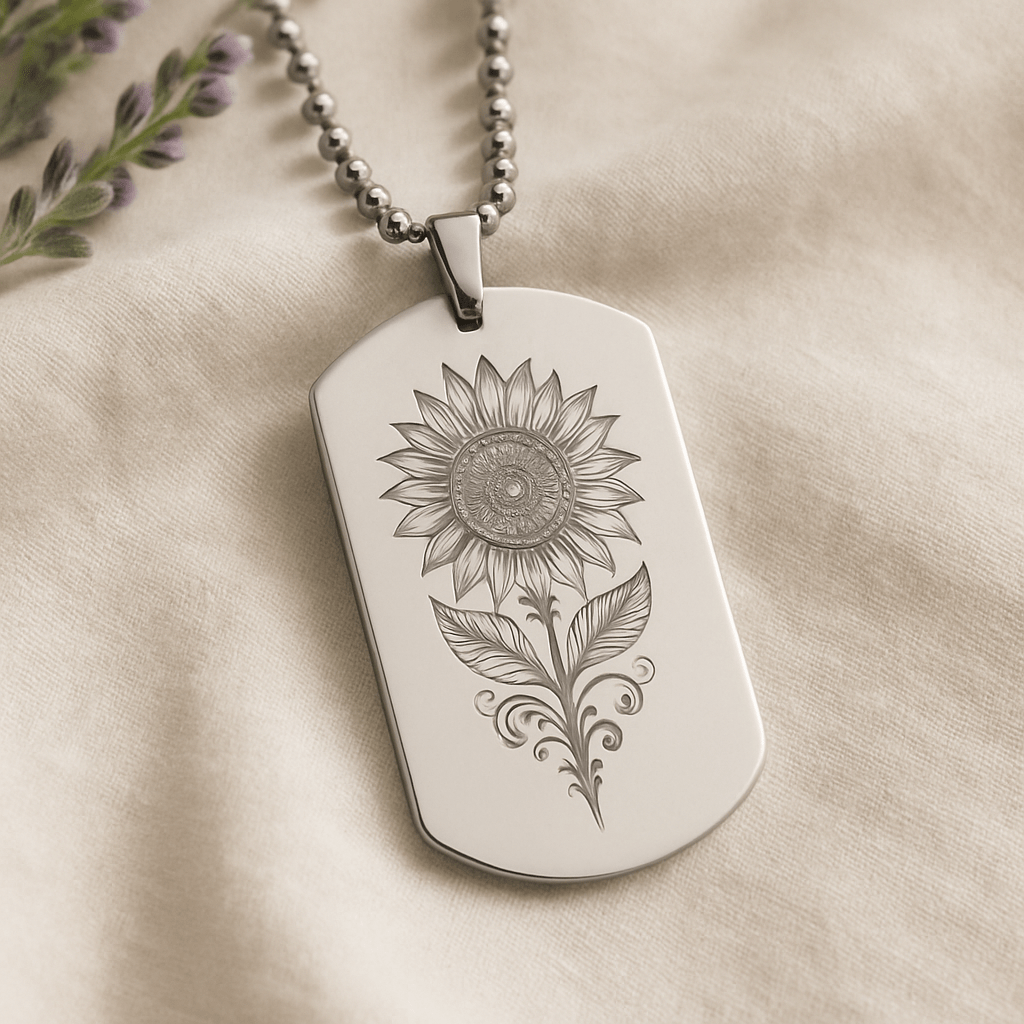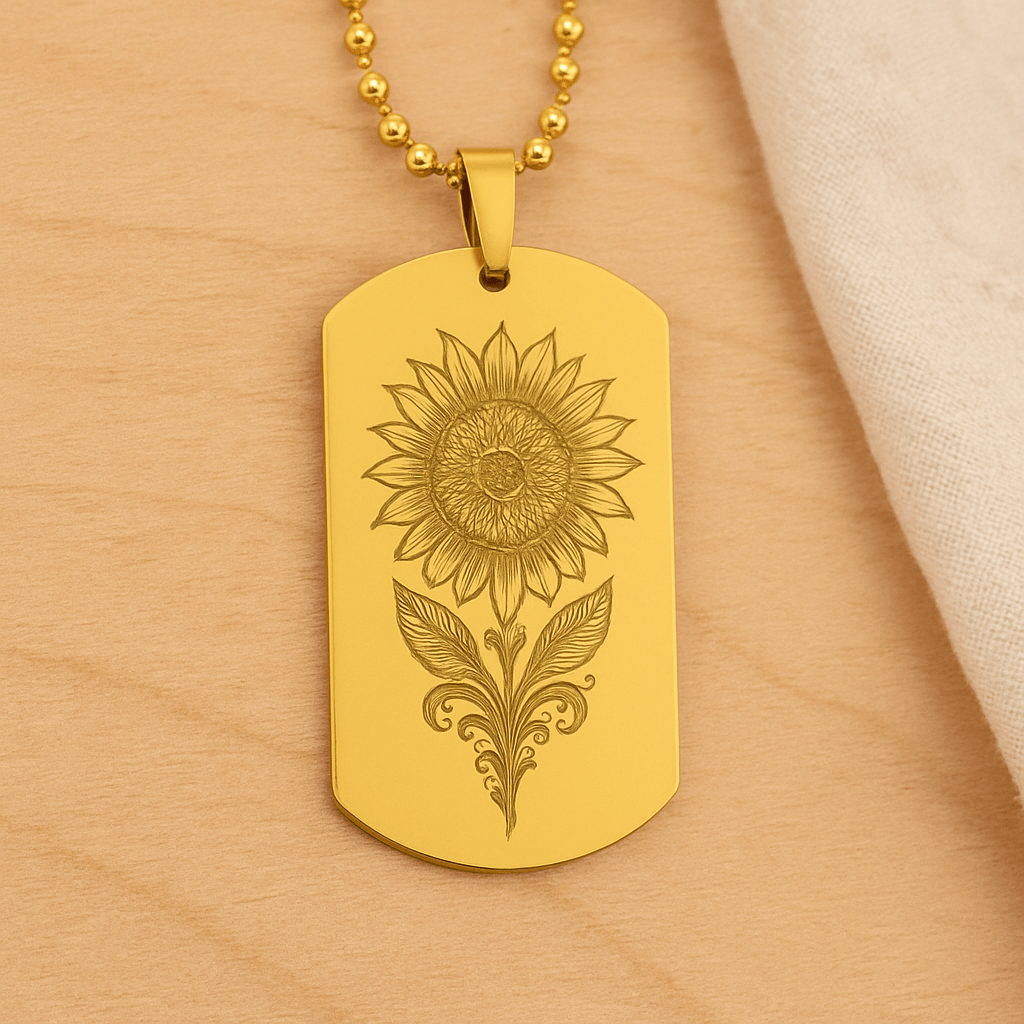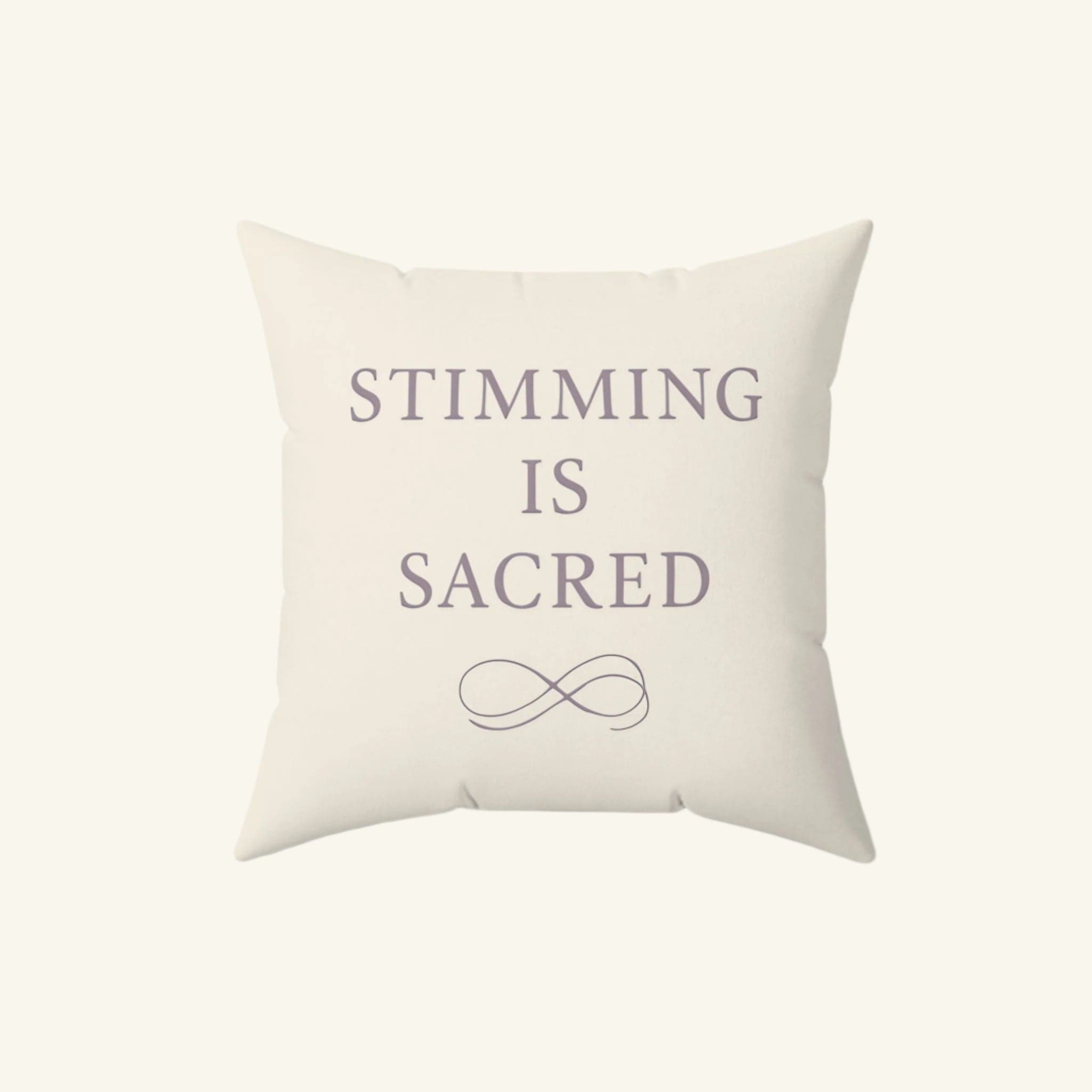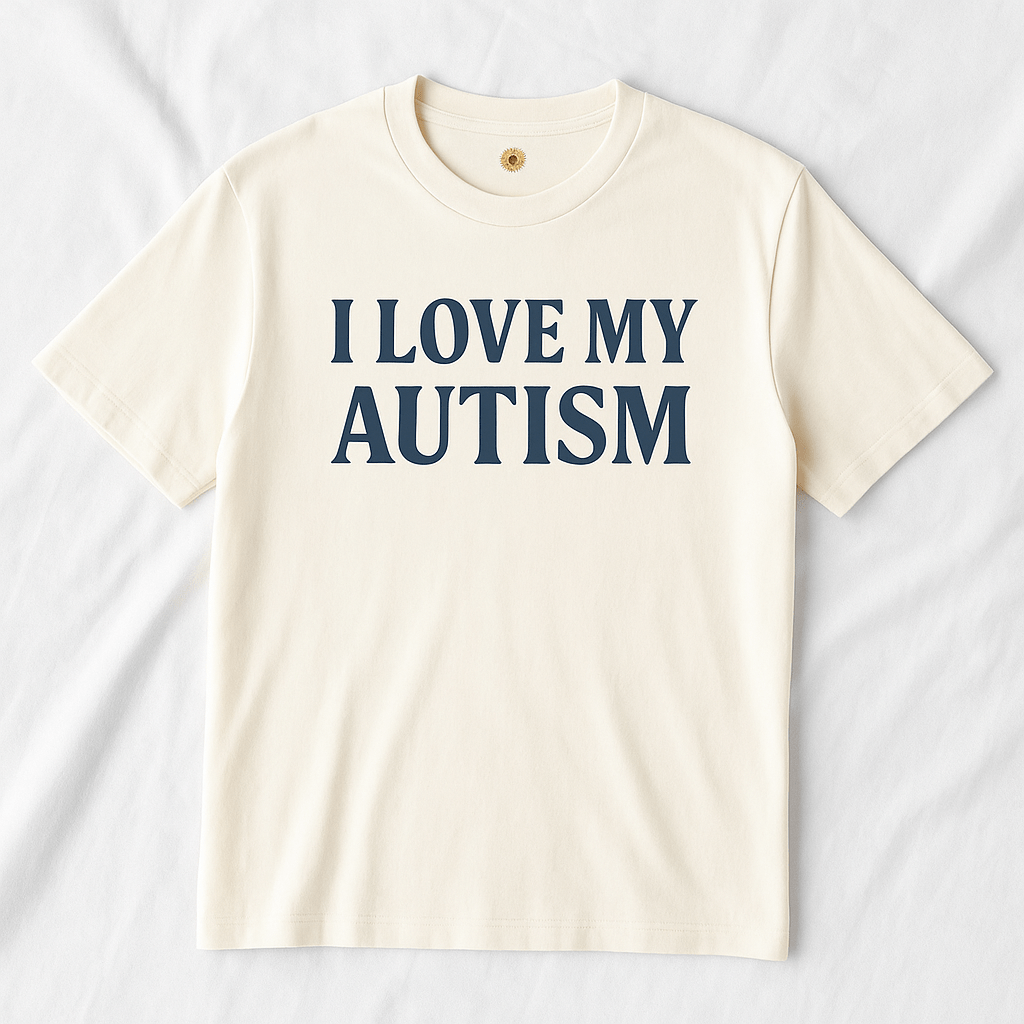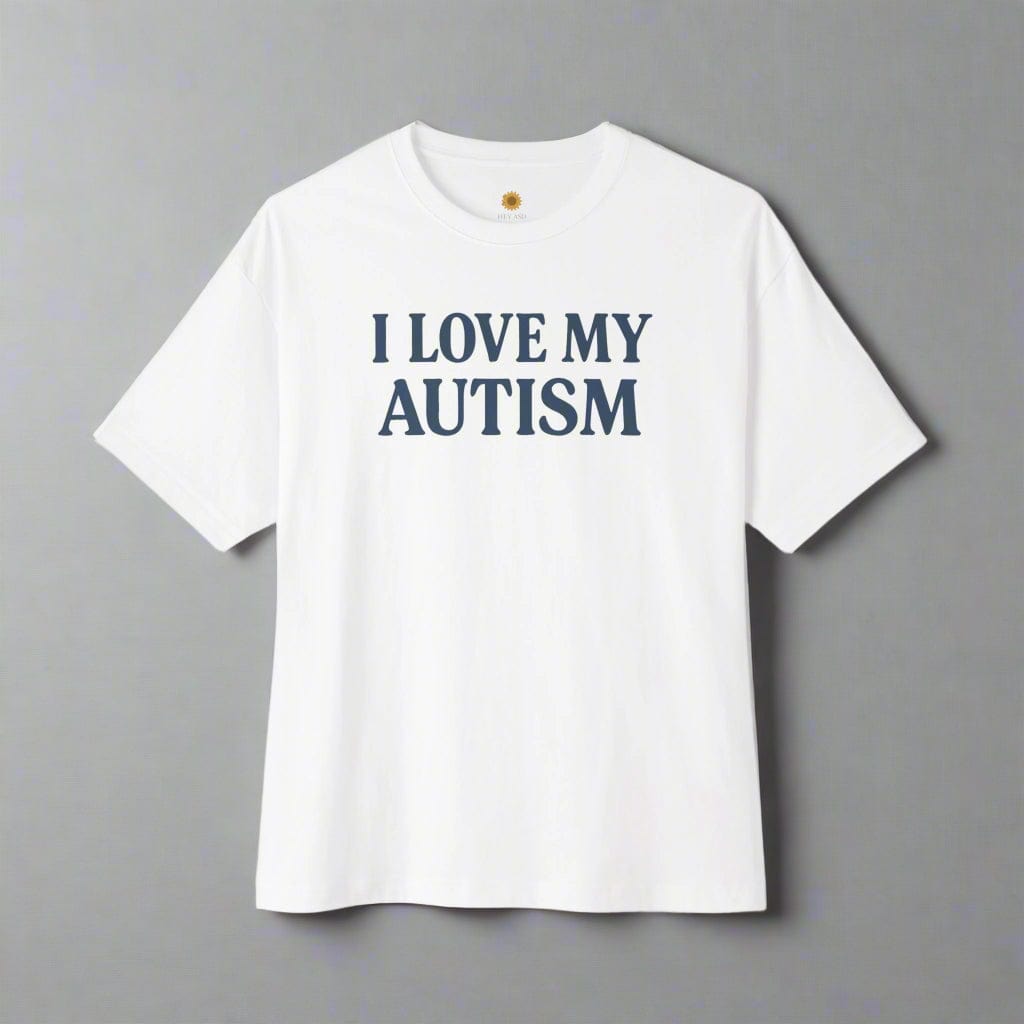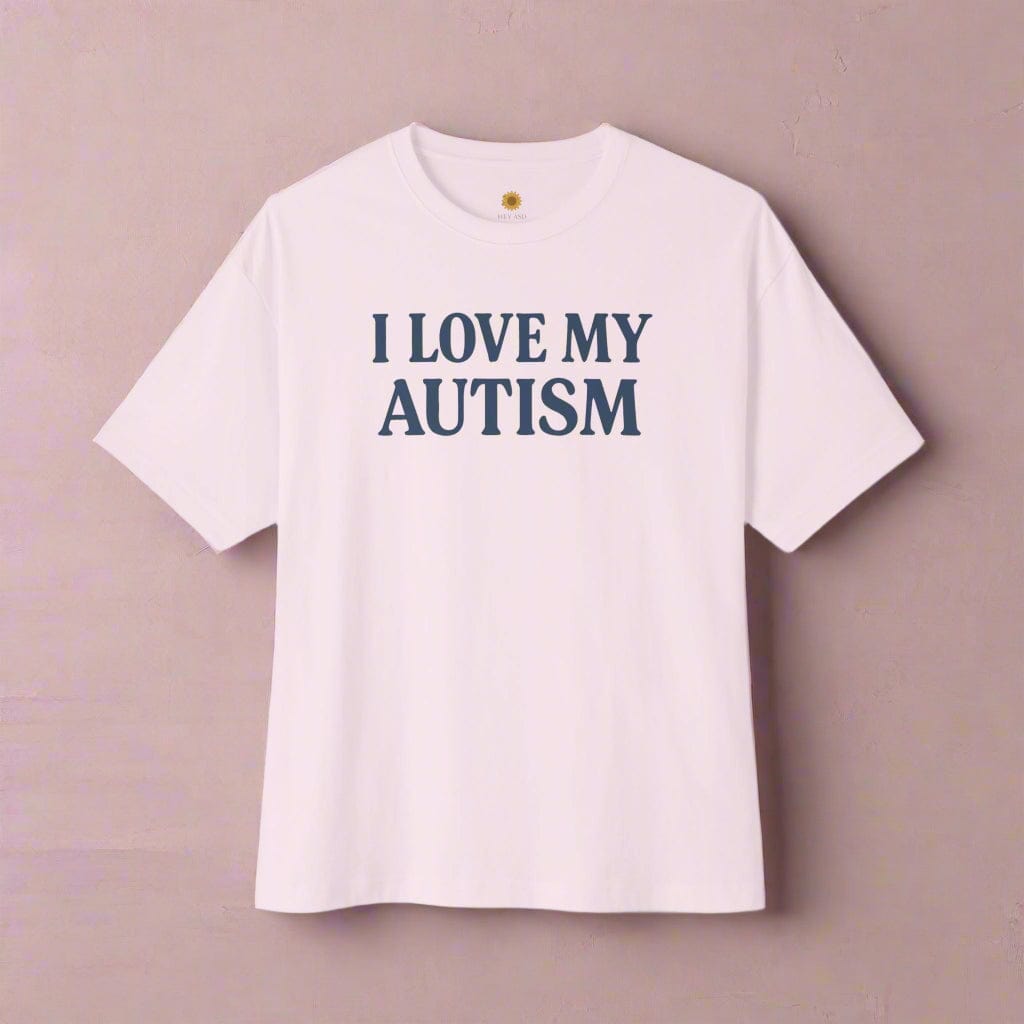Enhancing Sensory Spaces: The Power of Autism Wall Art

Written by the HeyASD Editorial Team
Creating an Autism-Friendly Space: Discover tips and tricks for incorporating wall art into an autism-friendly environment, including considerations for sensory elements, organization, lighting, and safety, with Autism Wall Art.
Understanding Autism and Sensory Processing
Children with autism often have unique sensory processing needs, perceiving sensations differently from others. This means that they may require specific environmental considerations to support their individual requirements. For example, individuals with autism may benefit from spaces that offer controlled sensory input, such as soothing lighting and minimal noise [1]. By understanding and addressing these unique sensory needs, it becomes possible to create an environment that is conducive to their comfort and well-being.
Sensory rooms and spaces are designed to provide a relaxed atmosphere with pleasant sensations, which is essential for aiding in sensory processing. These specialized areas can incorporate a variety of sensory elements, such as tactile walls, soothing lighting, and comfortable seating, to cater to the specific needs of individuals with autism. Additionally, therapy tools and items like sensory gyms can play a crucial role in supporting sensory processing, contributing to a calming and comforting environment. For example, sensory gyms equipped with swings, balance boards, and other sensory tools can offer individuals with autism opportunities for movement and sensory exploration, which can be beneficial for their overall well-being.
In addition to sensory rooms, sensory gardens provide an alternative way to cater to the sensory needs of individuals with autism. These outdoor spaces offer opportunities for relaxation, exploration, and engagement with nature, creating a sensory-rich environment that supports diverse sensory needs. By acknowledging the unique sensory processing needs of individuals with autism and providing spaces that accommodate these needs, it becomes possible to create environments that promote comfort, engagement, and overall well-being.
Research has shown that sensory rooms and spaces provide a relaxed atmosphere with pleasant sensations, aiding in sensory processing. According to Autism Parenting Magazine, therapy tools and items such as compression vests and sensory gyms can help children with sensory processing, providing essential support for creating a sensory-friendly environment. Moreover, Our Autism Wall Art collection offers a diverse range of artistic expressions that are specifically designed to cater to the diverse sensory needs and preferences of individuals with autism. For example, the collection includes visually stunning pieces with deep emotional meaning, which can serve as focal points in an autism-friendly space, enhancing the visual and sensory experience for individuals with autism. By offering a range of options that consider sensory processing, Our wall art contributes to the creation of a sensory-friendly environment that prioritizes the comfort and well-being of individuals with autism, making it an essential resource for those seeking to design inclusive and engaging spaces.
The Role of Wall Art in an Autism-Friendly Space
In an autism-friendly space, wall art serves as a vital component in creating an environment that caters to the unique sensory needs of individuals with autism. By providing visual appeal and sensory stimulation, wall art contributes to the overall ambiance of the space, promoting comfort and well-being. For example, incorporating nature-inspired wall art with gentle, soothing colors can evoke a sense of tranquility and relaxation, offering a visually calming experience for individuals with autism, in a similar way sensory wall art does.
When selecting wall art for an autism-friendly space, it's essential to carefully consider the impact of the chosen pieces on sensory processing. Calming and visually appealing options are key considerations, as they can significantly influence the overall sensory experience within the environment. For instance, choosing wall art with soft, muted tones and subtle designs can help minimize overstimulation, creating a more serene and comfortable setting for individuals with autism. Additionally, the use of abstract or nature-themed art pieces can provide a sense of familiarity and connection, promoting a visually engaging yet non-intrusive atmosphere that supports sensory needs.
Our Autism Wall Art collection offers an extensive array of artistic expressions that are specifically designed to cater to the diverse sensory needs and preferences of individuals with autism. For example, the collection includes visually stunning pieces with deep emotional meaning, which can serve as focal points in an autism-friendly space, enhancing the visual and sensory experience for individuals with autism. By offering a range of options that consider sensory processing, Our wall art contributes to the creation of a sensory-friendly environment that prioritizes the comfort and well-being of individuals with autism, making it an essential resource for those seeking to design inclusive and engaging spaces.
The presence of visually appealing wall art, such as soothing nature scenes or abstract designs, can contribute to a calming and engaging environment, enhancing the overall sensory experience for individuals with autism. By carefully curating wall art that aligns with the sensory needs and preferences of individuals with autism, it becomes possible to create a visually stimulating and emotionally meaningful environment that promotes comfort and well-being. Moreover, our Autism Wall Art collection provides an opportunity to personalize the sensory environment based on individual preferences. For example, individuals who find comfort in vibrant colors and dynamic patterns can benefit from selecting wall art that aligns with their sensory preferences, contributing to a personalized and stimulating environment.
Zones and Organization in an Autism-Friendly Space
Creating dedicated zones within an autism-friendly space is crucial for maintaining structure and promoting ease of use. For instance, having a designated reading area with comfortable seating and appropriate lighting can encourage relaxation and literary engagement. Meanwhile, a sensory corner equipped with tactile wall art and calming colors can provide a safe haven for sensory processing and relaxation. By incorporating Our Autism Wall Art into these zones, it's possible to not only define the areas but also add visual interest and sensory stimulation, enhancing the overall experience for individuals with autism.
Furthermore, the presence of ample storage solutions such as labeled bins, shelves, and cabinets can significantly contribute to maintaining an organized and clutter-free space. These storage options play a vital role in ensuring that the environment remains visually soothing and accessible, thereby reducing anxiety and promoting independence. By integrating our Autism Wall Art into the storage solutions, such as using artfully designed wall hooks or shelving units, it's possible to infuse creativity and aesthetic appeal into the organizational aspect of the space, making it more engaging for individuals with autism.
In addition to creating dedicated zones and ensuring effective organization, it's important to consider the safety and accessibility of the space. For example, incorporating elements of wall art that are positioned at an appropriate height and are securely attached can enhance the visual appeal of the environment while maintaining safety standards. Our Autism Wall Art, which offers durable and risk-free options for decorating, aligns with these safety considerations, ensuring that every piece contributes to a visually enriching yet risk-free environment for individuals with autism.
Sensory Elements and Wall Art
Understanding the unique sensory processing needs of individuals with autism is crucial when creating an autism-friendly space. Wall art plays a significant role in incorporating sensory elements to provide additional stimulation and support for sensory processing. For example, choosing wall art with different textures, such as canvas pieces with raised elements or tactile features, can offer tactile stimulation for individuals who seek sensory input through touch. Additionally, incorporating visual elements like contrasting colors or patterns can provide visual stimulation, catering to the diverse sensory preferences of individuals with autism.
When it comes to selecting wall art for an autism-friendly environment, it's essential to consider the emotional and sensory impact of the artwork. Our Autism Wall Art collection offers a wide variety of artistic expressions that can cater to different sensory needs and preferences. For instance, pieces featuring calming nature scenes or abstract designs in soothing color palettes can create a visually stunning and emotionally meaningful environment. The inclusion of emotionally evocative art can contribute to a calming and engaging atmosphere, enhancing the overall sensory experience for individuals with autism.
Moreover, our Autism Wall Art collection provides an opportunity to personalize the sensory environment based on individual preferences. For example, individuals who find comfort in vibrant colors and dynamic patterns can benefit from selecting wall art that aligns with their sensory preferences, contributing to a personalized and stimulating environment. By offering a diverse range of artistic expressions, our collection supports the creation of a sensory-friendly space that caters to the unique sensory needs of individuals with autism, ultimately enhancing their overall well-being and comfort.
 Visual Schedules and Social Stories in Wall Art
Visual Schedules and Social Stories in Wall Art
In addition to providing visual appeal and sensory stimulation, wall art can play a crucial role in supporting individuals with autism through the incorporation of visual schedules and social stories. Visual schedules, which outline the sequence of activities or events using images or symbols, can help individuals with autism comprehend and prepare for their daily routines. By integrating visual schedules into wall art, such as displaying a sequence of images representing different activities or tasks, individuals with autism can have a constant visual reference to guide them through their day.
Similarly, social stories are narratives that describe social situations, events, or concepts in a clear and structured manner. They are designed to help individuals with autism understand and navigate social interactions and everyday scenarios. Our Autism Wall Art can include elements of social stories, conveying narratives or messages through artistic representations. For example, a piece of wall art may depict a common social scenario or interaction, accompanied by simple and concise text to illustrate the expected behavior or response. This integration of social stories into wall art can provide individuals with autism with tangible visual support to comprehend and engage with their surroundings, promoting a sense of familiarity and predictability in their environment.
By incorporating visual schedules and social stories into wall art, our collection of Autism Wall Art not only contributes to the visual and sensory aspects of an autism-friendly space but also provides meaningful support for individuals with autism to navigate daily routines and social interactions in a visually engaging and accessible manner.
 Lighting and Color Considerations
Lighting and Color Considerations
When it comes to creating an autism-friendly space, the control of lighting plays a crucial role in ensuring the comfort of individuals with autism. Overly bright or flickering lights can lead to sensory overload and distress for those with sensory processing differences. Therefore, it's essential to prioritize soft, diffused lighting that minimizes glare and harsh contrasts. This can be achieved through the use of adjustable dimmer switches, curtains, or blinds to regulate natural light, and the strategic placement of lamps or overhead lighting.
In addition to lighting considerations, the selection of paint colors in the environment can significantly impact the sensory experience of individuals with autism. Calm and restful colors, such as soft blues, muted greens, or neutral earth tones, are often recommended to create a soothing and visually appealing backdrop. When combined with Our Autism Wall Art, which offers a diverse range of emotionally meaningful and visually stunning pieces, these calming colors can further enhance the overall ambiance of the space, contributing to a more comfortable and engaging environment for individuals with autism.
It is important to consider the impact of lighting and color choices on the well-being and sensory experience of individuals with autism. By carefully selecting lighting fixtures and paint colors, individuals can create a visually appealing and soothing environment that supports the unique sensory needs of individuals with autism. The thoughtful integration of Our Autism Wall Art further enhances the overall ambiance, contributing to a comfortable and engaging space that promotes well-being and sensory comfort.
 Safety Measures in an Autism-Friendly Space
Safety Measures in an Autism-Friendly Space
When creating an autism-friendly environment, prioritizing safety measures is crucial to ensure the well-being of individuals with autism. From the selection of furniture to decorative elements, every aspect of the space should be designed with safety in mind. For example, using a foam mattress instead of a traditional bed frame can minimize the risk of injury, especially for individuals who may experience sensory sensitivities. Additionally, avoiding loose parts or sharp edges in decor is essential to maintain a secure and visually enriching space. Our Autism Wall Art collection aligns with these safety considerations, offering durable and risk-free options for decorating, contributing to a comfortable and secure environment.
Incorporating safety features into the design of an autism-friendly space can significantly impact the overall comfort and well-being of individuals with autism. For instance, utilizing soft and padded materials in furniture and decor can prevent accidents and promote a sense of security within the space. Our Autism Wall Art is crafted with safety in mind, ensuring that every piece contributes to a visually enriching yet risk-free environment for individuals with autism. By embracing these safety measures, individuals and their families can have peace of mind knowing that the space is conducive to their specific needs and supports their overall well-being.
It is crucial to prioritize safety measures when designing an autism-friendly space, ensuring that every aspect of the environment contributes to a secure and visually enriching atmosphere. The thoughtful integration of Our Autism Wall Art not only enhances the visual appeal of the space but also provides durable and risk-free options for decorating, contributing to a comfortable and secure environment for individuals with autism.
Sensory Rooms and Gardens: Alternatives to Traditional Spaces
In addition to traditional sensory rooms, sensory gardens offer alternative environments for relaxation, fun, privacy, and socializing opportunities, catering to various sensory needs. These outdoor spaces provide individuals with autism the chance to engage with nature, offering sensory stimulation and a calming atmosphere. For instance, brightly colored flowers, strong-smelling plants, and edible plants in a sensory garden can provide visual appeal, pleasant scents, and tactile experiences, contributing to a multi-sensory environment that supports sensory processing and relaxation.
When creating a sensory garden, it's essential to consider the purpose, design, and continuous improvement to ensure it meets the specific sensory needs of the individual with autism. Our Autism Wall Art can be seamlessly incorporated into sensory gardens to personalize the space, creating visually engaging and emotionally meaningful environments that resonate with the individual's sensory preferences and interests [3]. For example, vibrant and stimulating wall art pieces can be strategically placed in the sensory garden to provide additional visual appeal, contributing to a stimulating and personalized environment for individuals with autism to explore and enjoy.
This unique integration of wall art in sensory gardens not only enhances the aesthetic appeal of the space but also supports the individual's sensory processing and overall well-being, promoting a sense of comfort and engagement. By exploring our collection of Autism Wall Art, individuals and families can discover pieces that resonate with their sensory needs and aesthetics, contributing to the creation of personalized and engaging sensory spaces for individuals with autism.
 Promoting Autism Awareness and Acceptance through Wall Art
Promoting Autism Awareness and Acceptance through Wall Art
Our commitment to promoting autism awareness and acceptance is evident in its Autism Wall Art collection, which offers a diverse range of artistic expressions that contribute to a broader understanding and appreciation of autism. Each piece of wall art is carefully curated to offer visually stunning, emotionally meaningful, and sensory-friendly options, creating personalized and engaging spaces for individuals with autism. For example, the artwork titled "Autism Spectrum" incorporates vibrant colors and intricate patterns, symbolizing the diversity and complexity of the autism spectrum, thereby fostering awareness and acceptance.
By providing a platform for individuals to express their unique experiences and perspectives, Our Autism Wall Art collection not only promotes awareness but also encourages genuine acceptance of autism. The emotional and symbolic depth of the artwork serves as a catalyst for meaningful conversations and reflections, nurturing a culture of understanding and inclusivity. For instance, the piece titled "Different, Not Less" portrays a powerful message through its striking imagery, challenging misconceptions and stereotypes associated with autism, thus fostering acceptance and empathy.
HeyASD invites individuals to explore its Autism Wall Art collection, encouraging them to discover pieces that resonate with their needs and aesthetics. By engaging with the artwork, individuals can actively contribute to the promotion of autism awareness and acceptance, creating a ripple effect of positive change and understanding within their communities. Visit Our website for more details and to explore how the Autism Wall Art collection can play a pivotal role in advocating for autism awareness and acceptance.
Join Hundreds of Autistic Adults Feeling
More Comfort in Their Own Skin
Use code WELCOME10 for 10% off your first order.
Start Your Comfort JourneyConclusion
In conclusion, it is crucial to recognize the significance of creating an autism-friendly space and the pivotal role that wall art plays in supporting sensory needs and promoting comfort [1][2]. Wall art contributes to creating an autism-friendly environment by providing visual appeal and sensory stimulation, which can be especially beneficial for individuals with autism. For instance, incorporating calming and visually appealing wall art with quiet colors and designs helps to minimize overstimulation and create a soothing atmosphere. This can significantly impact the sensory experience and overall comfort of individuals with autism, making the space more accommodating and supportive of their needs.
Moreover, our Autism Wall Art collection offers a diverse range of artistic expressions that cater to different sensory needs and preferences, providing visually stunning and emotionally meaningful art pieces. These art pieces contribute to a well-organized and engaging space, defining dedicated zones for different activities and adding visual appeal to the environment. For individuals seeking to enhance their spaces and create a personalized and sensory-friendly environment, Our Autism Wall Art collection serves as a valuable resource, offering a unique opportunity to explore and incorporate meaningful art into their surroundings. To discover the possibilities and the impactful role that our Autism Wall Art can play in creating personalized and engaging spaces for individuals with autism, readers are encouraged to visit our website for more details and to explore the collection.













